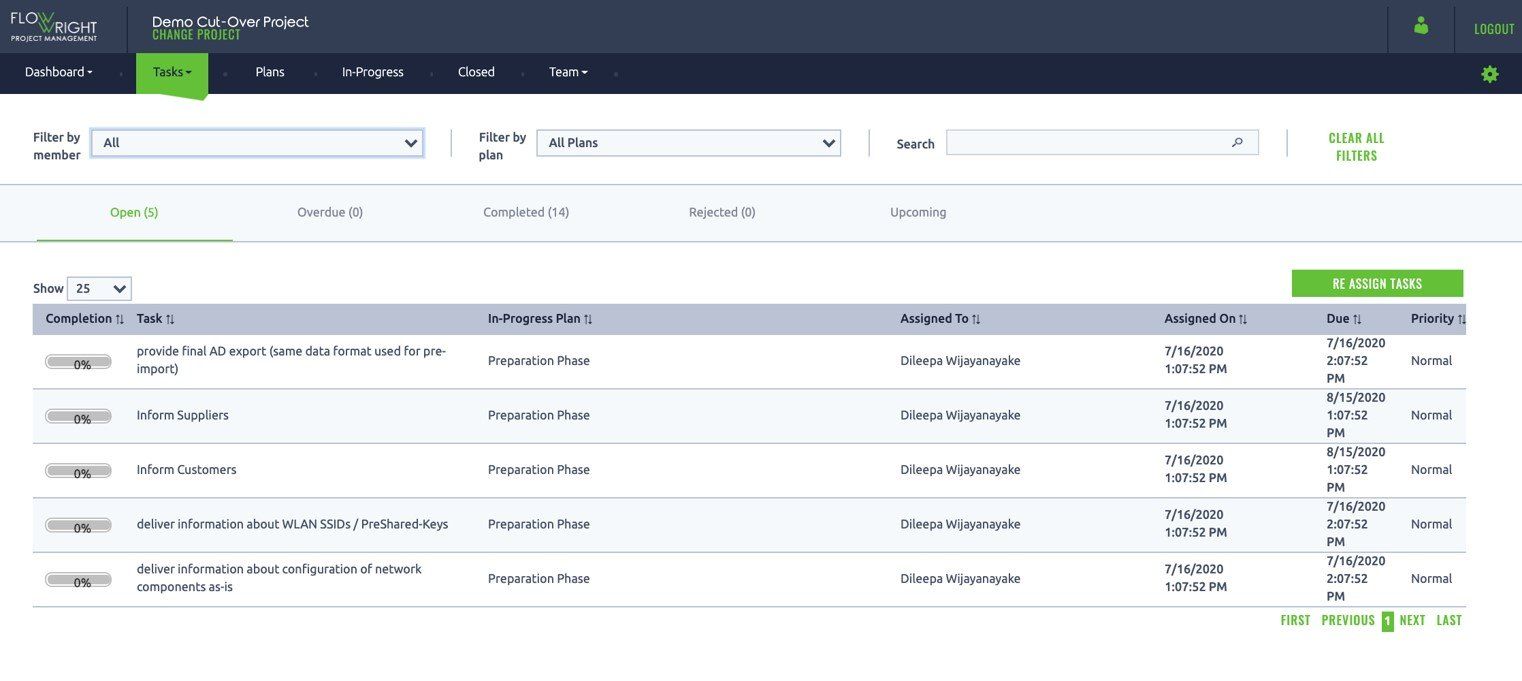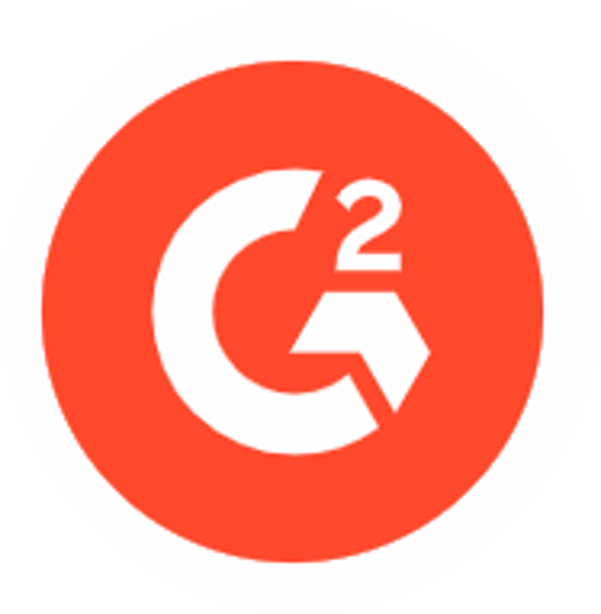Cutover Project Management
Cutover projects entail bringing systems and system changes into production environment with critical enterprise software applications such as ERP systems like SAP, JD Edwards, and Oracle EBS) that companies rely on to do business.
These projects typically include one or more of the following:
- Upgrading software from one version to another,
- Integrating significant new capabilities or new business units, such as those of newly acquired companies, into existing corporate systems,
- Moving capabilities into systems separate from the corporate systems, or
- Integrating several instances of corporate systems into a single instance.
These projects all have one thing in common: the need for their companies to depend on the systems involved to operate effectively and efficiently. If these systems are not operational when needed, real costs are incurred, and real risks are probable. For example, one customer recently shared that every additional hour their SAP cutover project remained uncompleted, cost the company one million euros – and put production at risk for hundreds of customer sites.
What makes Cutover Projects Challenging?
Cutover and upgrade projects are challenging because they are complex and typically have to be executed quickly and correctly in a short timeframe. Cutover projects often involve several constituencies (data migration, data validation, inventory analysis, etc.)are often in more than one geo-location and involve a complex web of interdependent tasks. Ensuring that tasks get executed in the right order, by the right people, in the right workstream and location is extremely difficult without the right set of tools. Both planning and execution phases of cutover projects entail substantial risk due to complexity.
Cutover project plans are difficult to reduce to Microsoft Project or Excel. The reason for this is that for projects with more than a few dozen tasks, it is very difficult to document dependencies, timing, instructions, verification, documentation, etc. associated with a task. Any change to the plan requires a lengthy process to ensure, as much as practical, that changes will not adversely impact the project.
Some cutover tasks will involve hardware, some will involve software, some will involve physical tasks such, as inventory assessments. Most tasks need to be done in a specific order and sometimes according to specific timing. When things happen that affect time and execution of the project (and they usually do) then companies and their project managers and teams need to be able to adjust.
De-Risking Enterprise Systems Cutover: Ensuring Success
Understanding the plan, following the plan, and understanding project progress and status in real-time are all critical to ensuring success. The latter is particularly critical during project execution because, in the case of projects that take 4 to 48 hours long (typical of cutovers), understanding progress and status after hours of analysis and reporting means that it is often too late to avoid or solve a problem expeditiously before there are unpleasant real-world consequences and costs.





